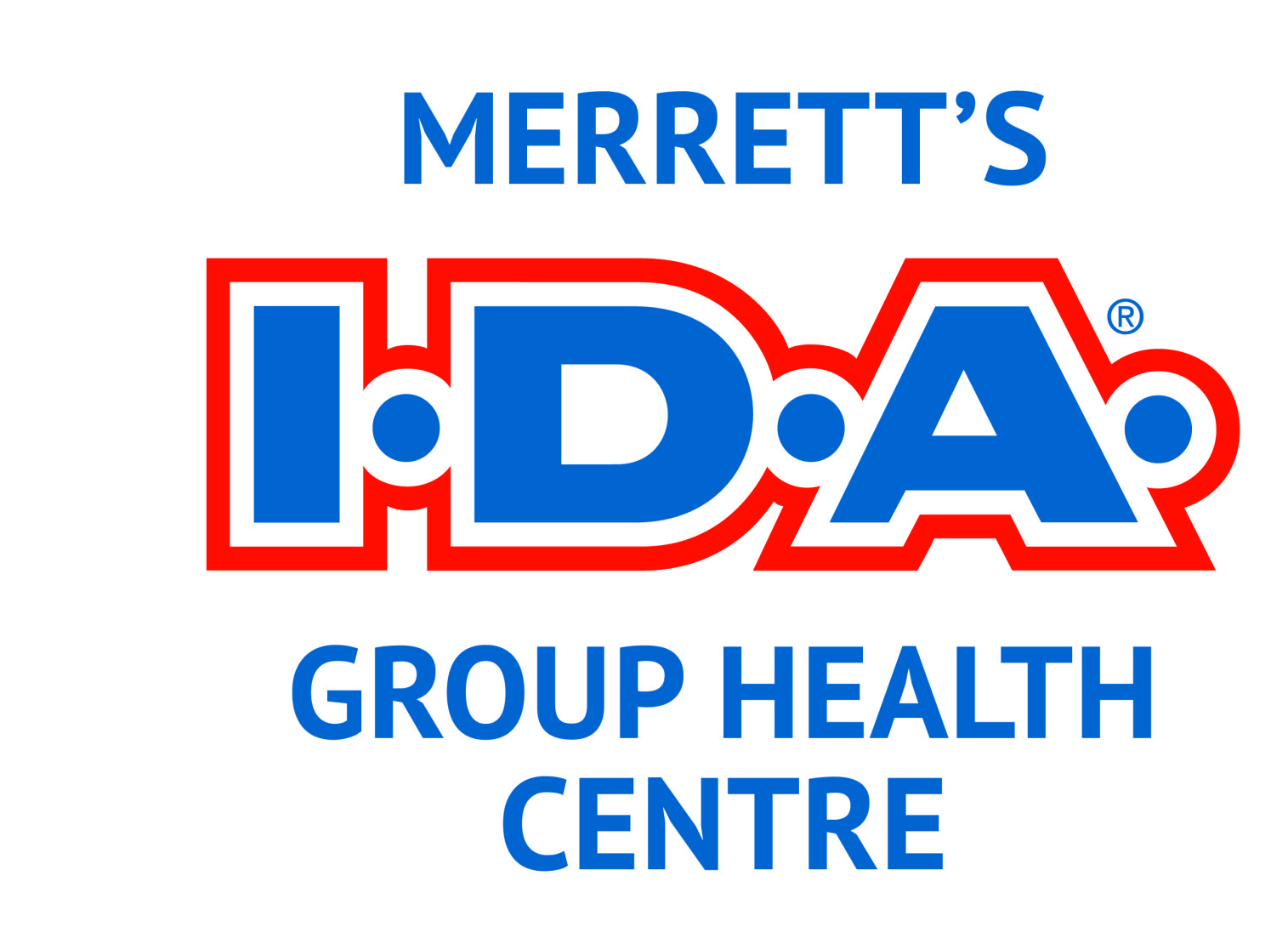Preventing Spread Of Germs
PROTECT YOUR LOVED ONES FROM GERMS AND CONTAMINATION
- GENERAL PREVENTIVE MEASURES
Regular handwashing is the easiest and most effective way to reduce the transmission of germs. Provided you use the proper washing technique, running water and plain soap are all you need. The key is to scrub the entire hand surface (including beneath your nails and between your fingers) with soap for at least 20 seconds. Alcohol-based products should only be used when running water and soap are not available, as they can irritate skin and are no more effective than a thorough wash with soap and water.
Regular housecleaning is also a good way to limit germ transmission. Pay special attention to surfaces that the whole family touches frequently: door handles, telephones, computer keyboards, etc.
It is recommended that all Canadians get the flu vaccine, especially those who are at risk of complications (young children, the elderly, and those with certain diseases). In Canada, the flu results in thousands of hospitalizations and hundreds of deaths every year.
- MEASURES TO PREVENT THE SPREAD OF RESPIRATORY INFECTIONS (COLD AND FLU)
- Place your arm in front of your mouth or nose when you cough or sneeze, to reduce the spread of the virus in the air.
- Wash your hands after coughing, sneezing, or blowing your nose.
- Dispose of tissues immediately after use. Do not keep them in your pocket.
- Limit or avoid contact with family and friends who are in fragile health (grandparents, infants, and people with certain chronic diseases).
- WHAT TO DO IF SOMEONE HAS THE STOMACH FLU
Since stomach flu (gastroenteritis) is highly contagious, only one member of the family should be assigned to care for the sick individual, where possible. The sick person should not handle food that will be eaten by other members of the family and should avoid direct contact with others.
- Wash hands frequently, especially after cleaning surfaces soiled by vomit or feces, and after handling soiled clothing, objects, or bed linens.
- Disinfect surfaces that may have been contaminated by the sick person’s vomit or feces, e.g., floors or toilet seats, with a commercial disinfectant or a bleach solution (2 cups of bleach diluted in 4 litres of water).
- Separately wash the sick person’s clothing, bed linens, and towels in hot water and tumble dry on high heat.
- The sick person should stay at home and avoid going to work, school or day care up until 48 hours after diarrhea or vomiting stops.
- PREVENTION TIPS FOR HEAD LICE
- Avoid direct head-to-head contact. Keep long hair braided.
- Explain to your children that they should never share clothing or objects that touch their heads (hats, caps, hair accessories, hairbrushes, and combs).
- Check your children’s hair with a fine-tooth comb once a week, or every day during lice outbreak.
- Treat only if you find live lice. If you only see nits (head lice eggs), check hair every day for a week to make sure there are no live lice.
- RECOGNIZING THE SIGNS OF BURNOUT
- Avoid direct head-to-head contact. Keep long hair braided.
- Explain to your children that they should never share clothing or objects that touch their heads (hats, caps, hair accessories, hairbrushes, and combs).
- Check your children’s hair with a fine-tooth comb once a week, or every day during lice outbreak.
- Treat only if you find live lice. If you only see nits (head lice eggs), check hair every day for a week to make sure there are no live lice.
Additional measures if a member of your family has lice
- Check the hair of all the members of the family regularly until the infestation is under control.
- Since head lice cannot survive long off their human host, and they cannot jump or fly, there is no need to clean the house beyond your regular housecleaning routine.
- Wash all clothing (including hats, scarves, etc.), bed linens, and towels the infected person has used over the previous two days in hot water, and tumble dry on high heat.
- If an item used by the infected person cannot be washed (ex. stuffed toy), seal it in a plastic bag and store for two weeks.
- Soak any hair accessories the infected person has used in the previous two days in very hot water for 10 minutes.
Several treatments are available at the pharmacy to treat lice. Your pharmacist will recommend a product and explain how to use it.
- PREVENTION IS KEY!
Taking preventative measures such as receiving the flu vaccine and regular hand washing is key to stop spreading germs to others. Follow our tips to better protect your loved ones and don’t hesitate to ask your pharmacist for tips and tricks.
